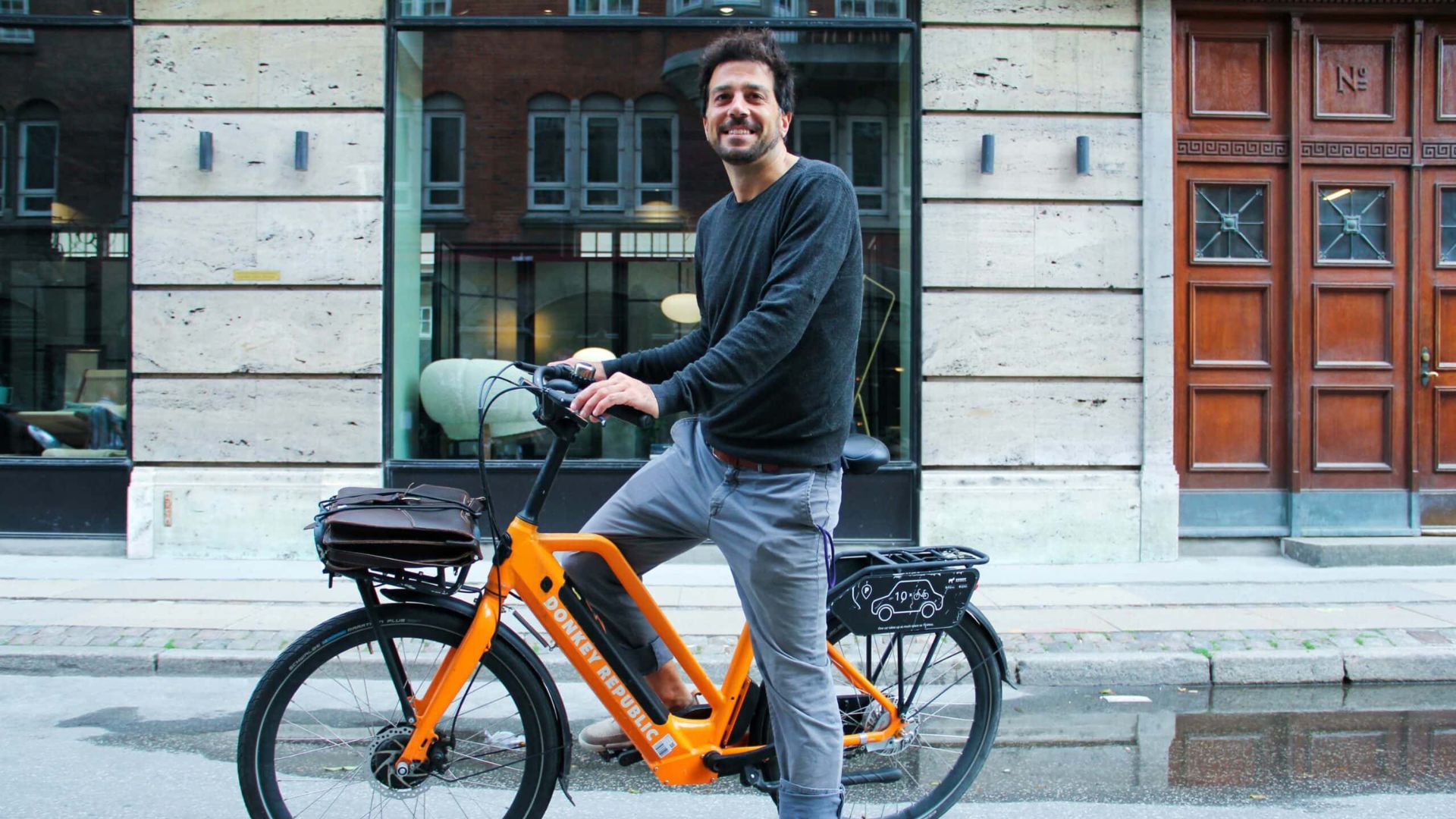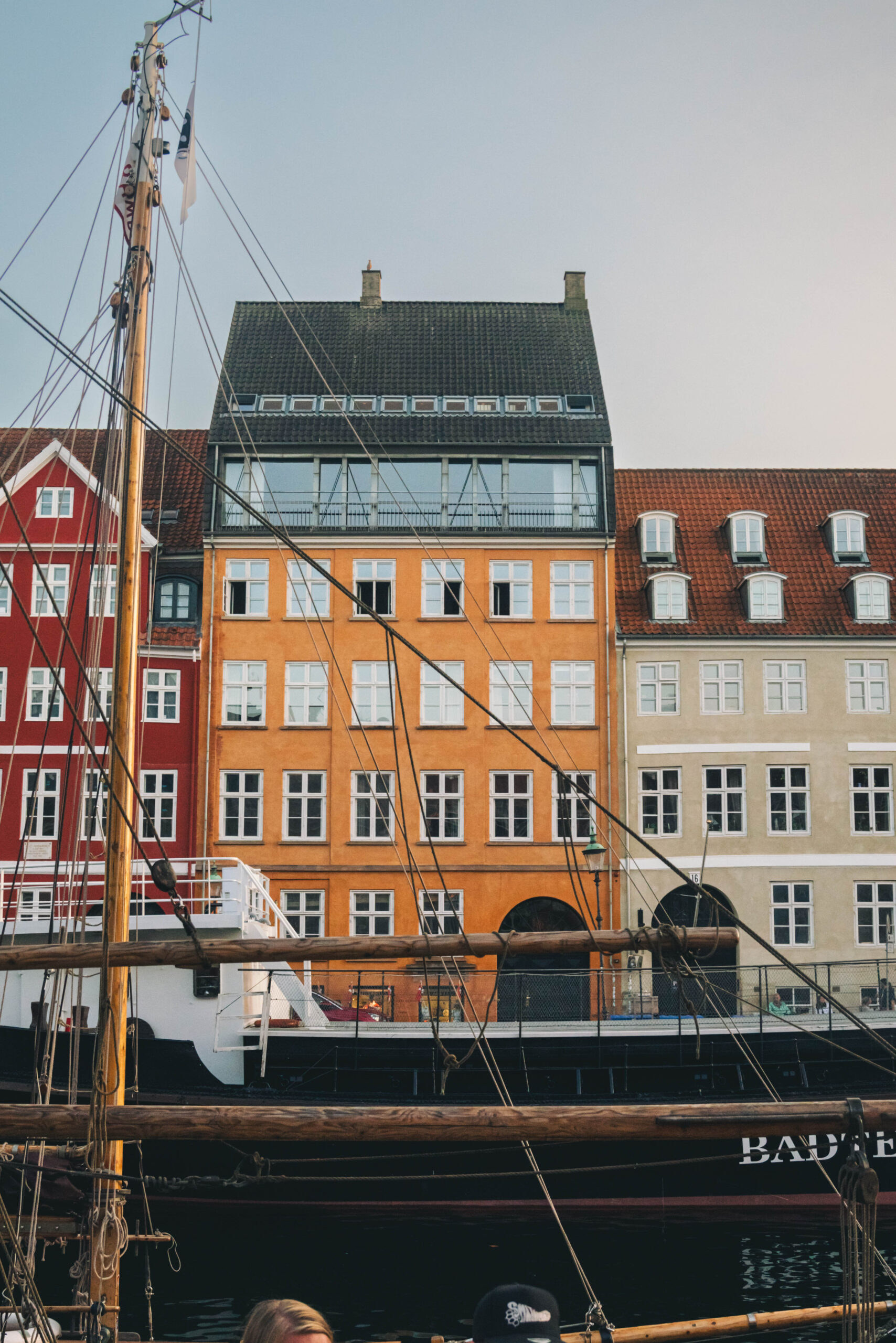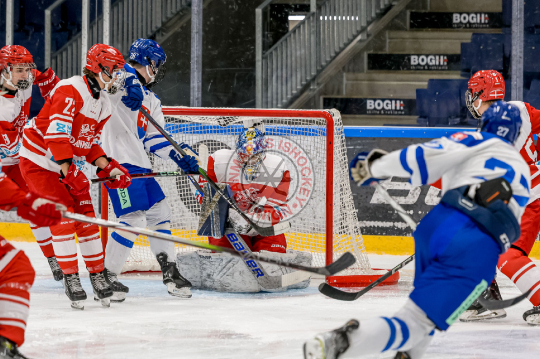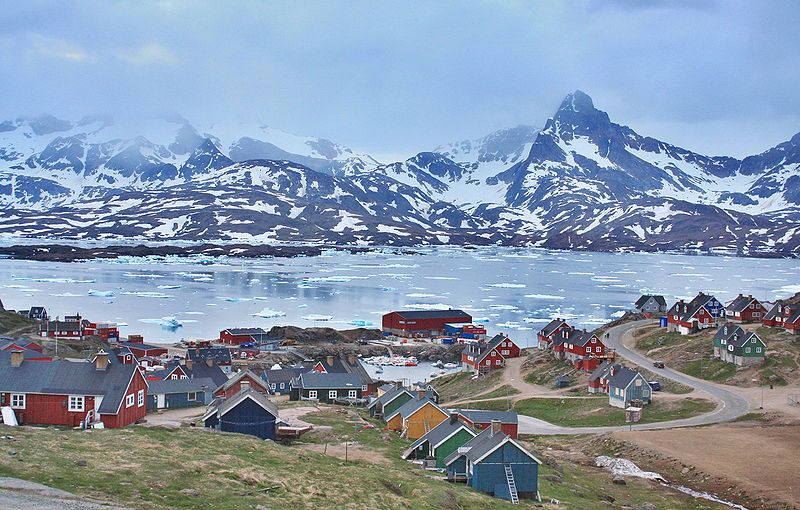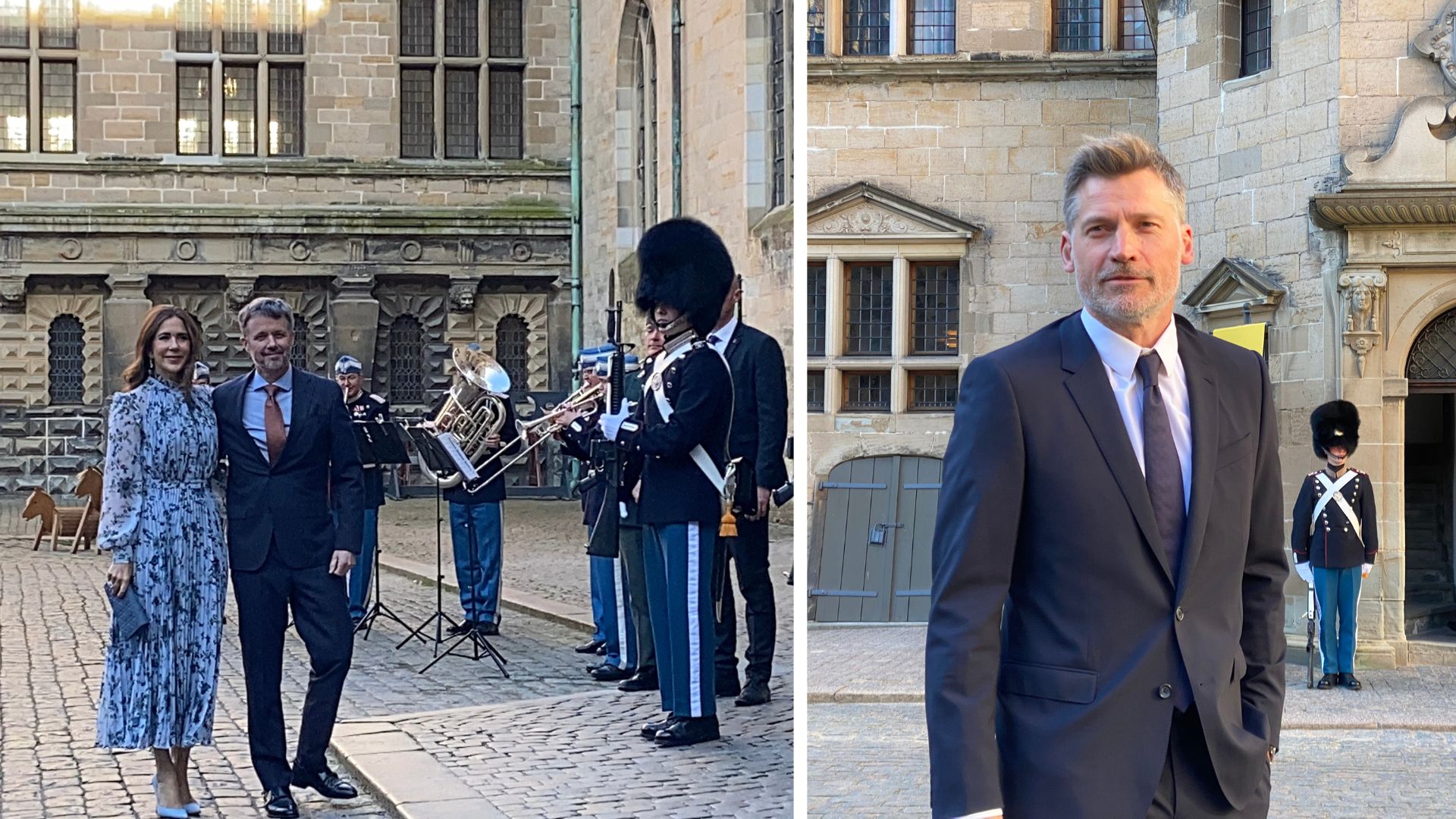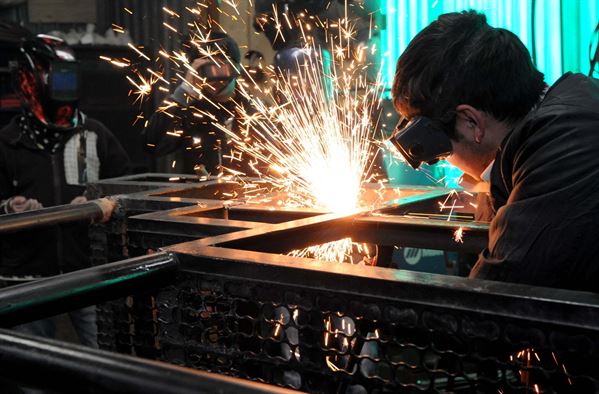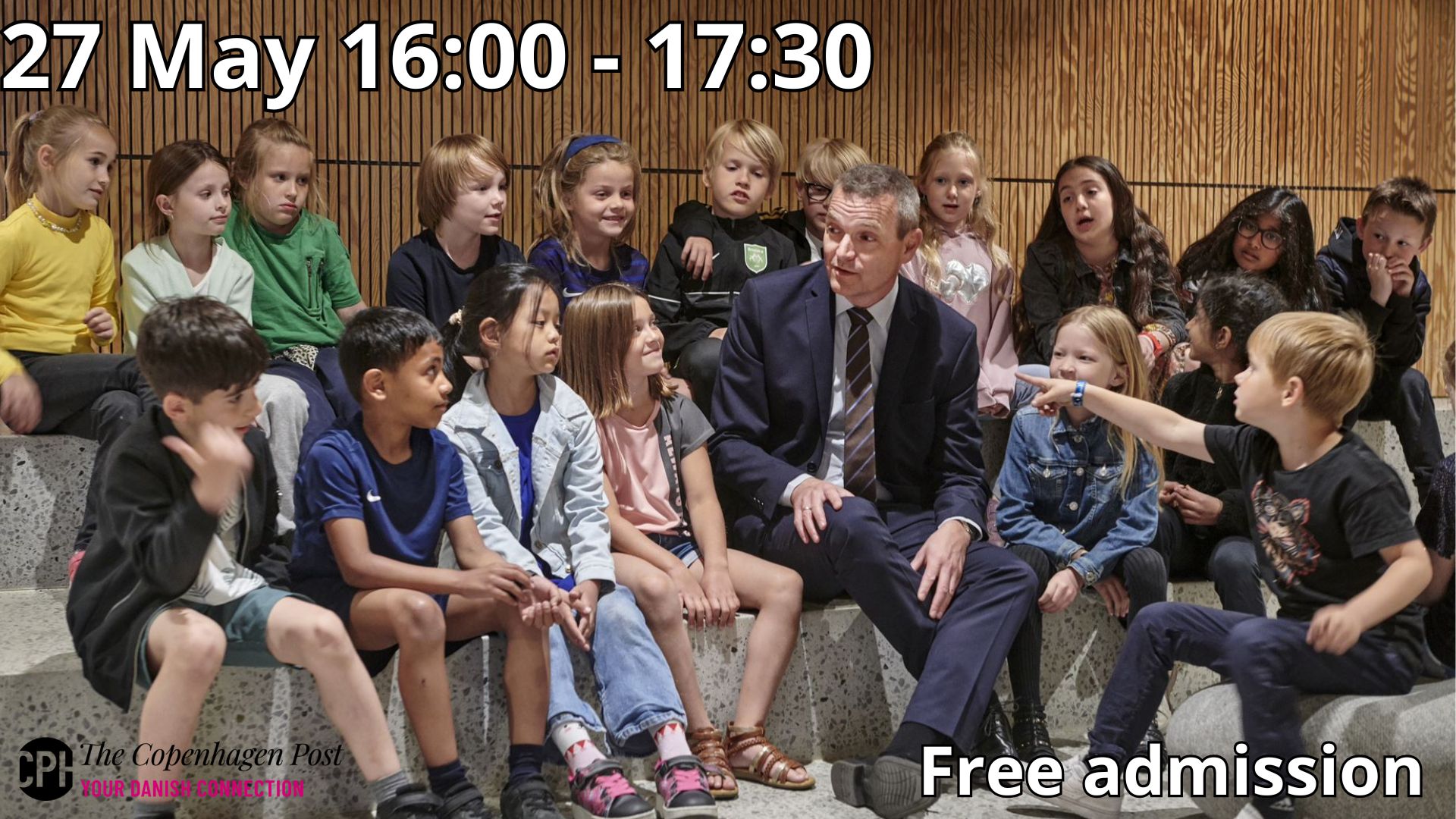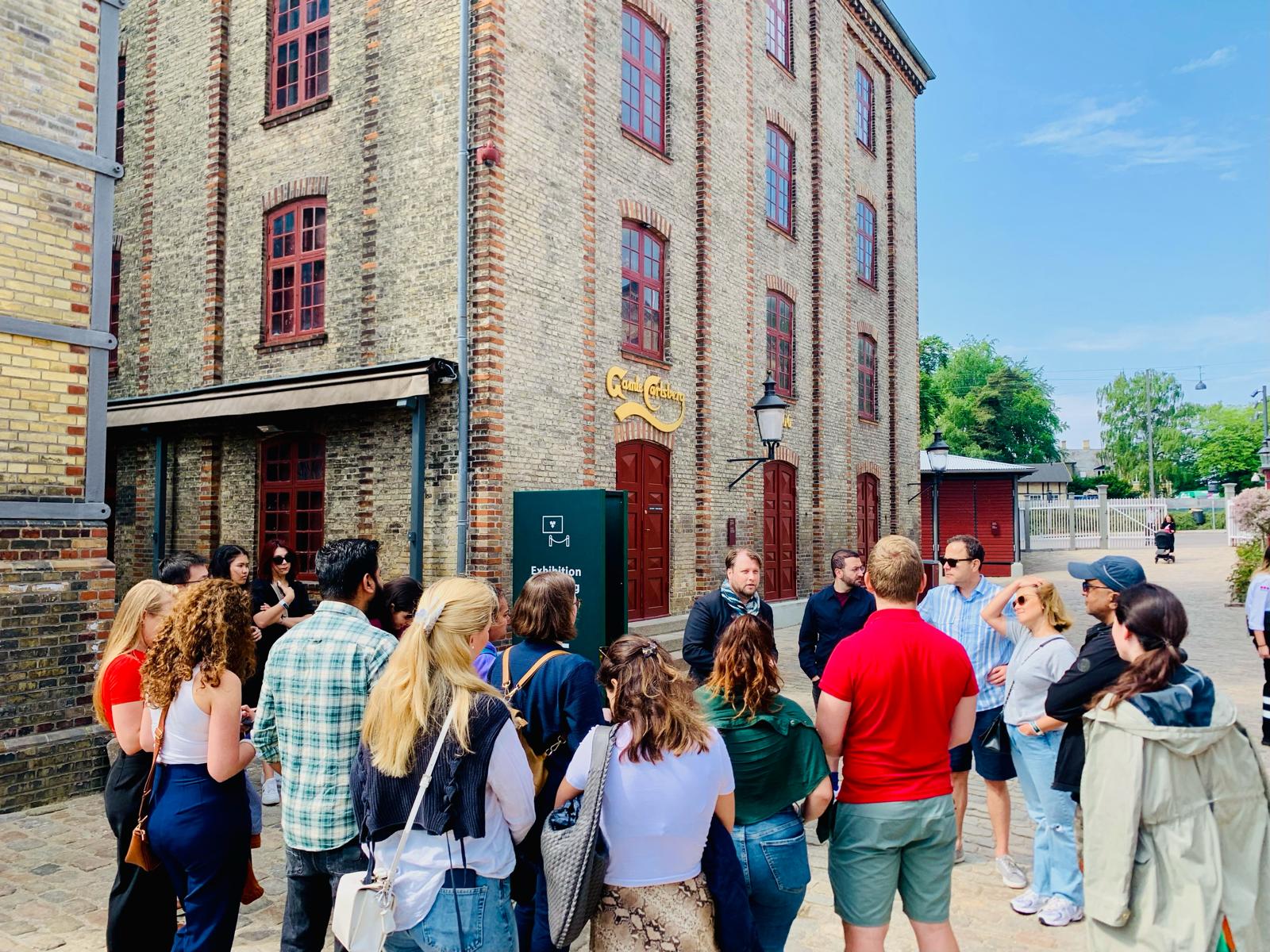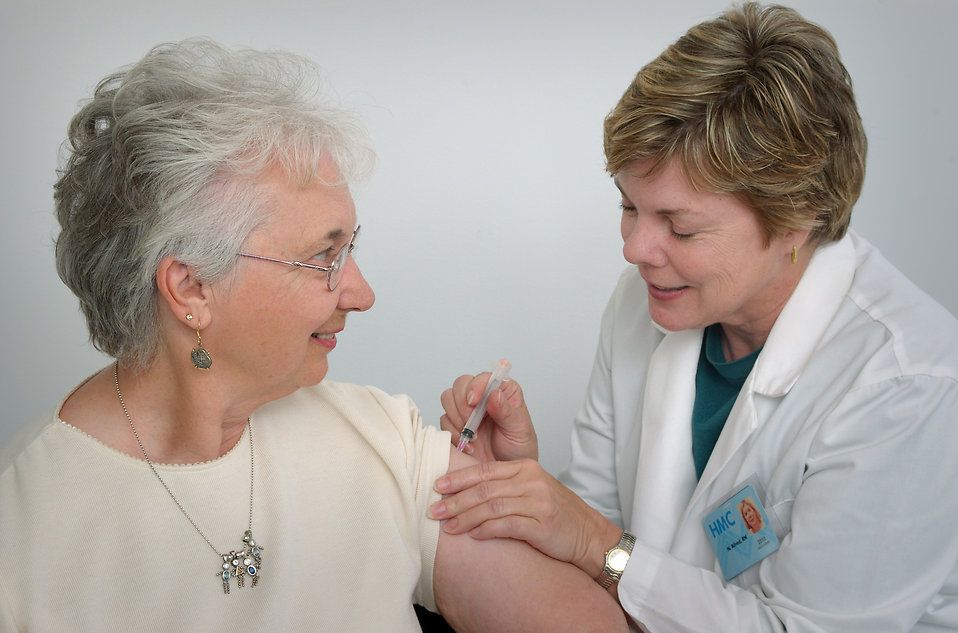Ris à l’amande is a traditional Danish dessert served at Christmas dinner and julefrokost. It is made of pudding rice, cooked down slowly with milk, vanilla and sugar, before folding in whipped cream and chopped blanched almonds.
Before serving, stir one whole almond into the mixture. Whoever finds the whole nut in a spoonful should hide the nut until everyone has finished eating. Techniques include: coughing into a napkin, trying to surreptitiously spit the almond into your lap, making an excuse to leave the table (very suspicious) or keeping it in your mouth and doing your best not to break it as you finish your plate.
There are usually a lot of fake coughs, mid-dessert confrontations (“Mia has it! Look at her shifty eyes!”), and even mistaken nut-finders, which you can use as cover.
At the end, the winner reveals the whole nut, and collects the prize: a marzipan pig. This might sound far out, but small marzipan pigs are easier to find than you might expect in Denmark, like this version with white chocolate.
You can also buy a lump of pure marzipan and sculpt a pig. This whole affair should be treated as a bit of fun – so if you accidentally produce a hellish only-vaguely-piglike creature, consider it part of the experience.
How to make ris à l’amande
Serves 4
65g pudding rice (grødris)
500ml milk
Seeds from ½ vanilla pod
150g blanched almonds, chopped
1 tablespoon sugar
Dash of dry marsala sherry
300ml whipping cream (piskefløde, 38%)
1. Cook pudding rice, milk and vanilla slowly, stirring frequently
2. Remove from heat, add sugar, sherry
3. Once cool, stir in almonds
Finally, whip cream and stir in
4. Serve cold with hot cherry sauce
Tip: Lightly butter the pot to prevent burning



